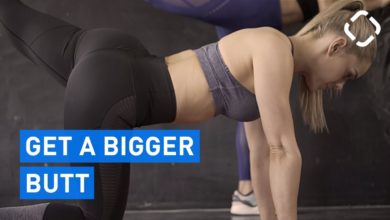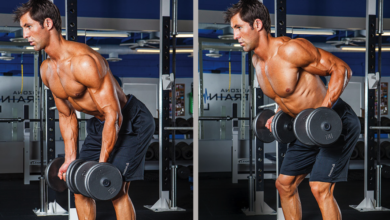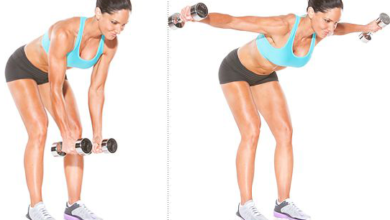Shrimp Squats: What Are They, How to Do Them, Benefits, Muscles Worked, and Alternative Exercises
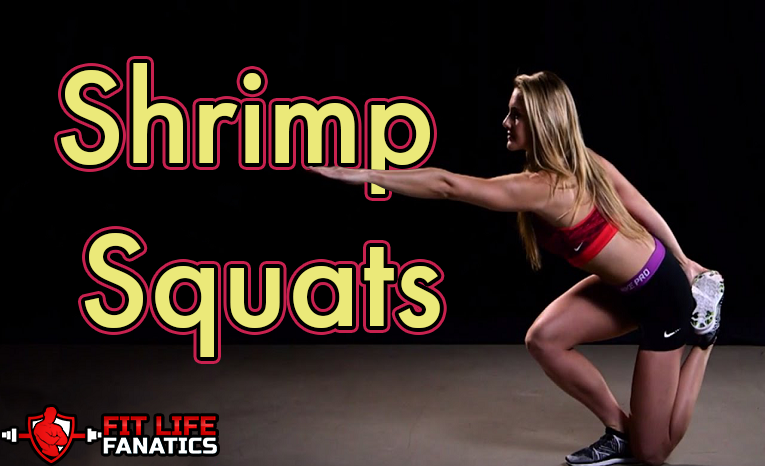
If you are looking to develop a strong pair of legs, squats are the end-all-be-all of leg exercises.
Shrimp squats take the standard squat and turn it into a challenging bodyweight exercise that you can perform anywhere.
If you’d like to learn everything there is to know about this squat variation, you’ve landed on the right article.
Overview of Shrimp Squats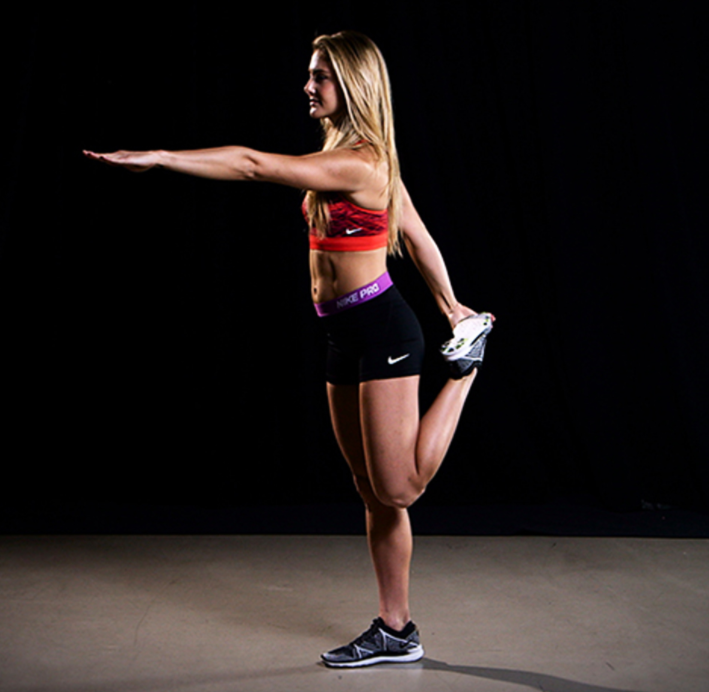
A shrimp squat is a single-legged squat performed with your resting leg held behind your back. By utilizing only one leg, you are forced to develop the smaller stabilizer muscles that are not as heavily recruited in a standard two-legged squat.
This squat is also less quad-dominant than other variations, which helps to lessen muscle imbalances caused by typical squat routines.
History of Shrimp Squats
Unfortunately, there is no record of who was first to perform the shrimp squat, or even when it was first popularized. It is generally agreed upon, however, that this exercise was invented out of necessity for leg exercise diversity.
Because two-legged squats do not use the leg stabilizer muscles to the same extent, this variation of the squat was invented as a way to supplement your overall leg workout.
Skill Level Required
Shrimp squats are considered an advanced exercise and are challenging for even intermediate lifters who have not tried them before.
Simply having strong quads and glutes may not be enough to successfully perform shrimp squats.
Not to say you shouldn’t build your quads though, after all, you just need to do the right number of squats to tone your thighs along with other squat benefits.
If you are intimidated by this information, have no fear! As with most exercises, shrimp squats can be made easier through form modification.
How to Perform Shrimp Squats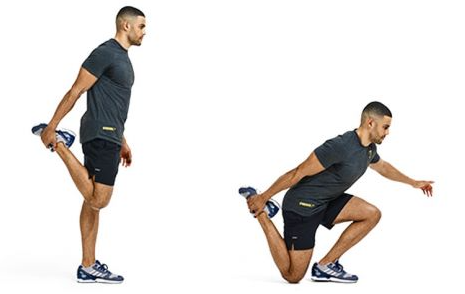
Step 1:
Beginning in a standing position, retract one leg behind your back and grab hold of your foot with your hand.
The start of this exercise is similar to the standing quad stretch.
Step 2:
While balancing in the starting position, slowly lower your body until your bent knee touches the ground.
Step 3:
Once your bent knee has touched the ground, return to your standing quad stretch position by driving through your planted foot.
This step is similar to how you would perform a standard squat.
Like this:
Easier Said than Done
While the instructions are simple, the exercise itself is not. If you are having trouble performing this exercise in a slow and controlled manner, you are not alone!
There are several modifications that reduce the difficulty of the exercise and allow you to work your way up to performing a perfect, unassisted shrimp squat.
Shrimp Squat Modifications and Alternative Exercises for Beginners
Standing Lunges
To build up the required stabilizers and major muscle groups for shrimp squats, you can start by performing regular standing lunges. Standing lunges are very similar to shrimp squats, but they leave both of your feet in contact with the floor for improved stability.
Once you’ve mastered lunges, you can progress to assisted shrimp squats.
Assisted Shrimp Squats
If you are close to performing a controlled shrimp squat but not quite there yet, you can perform assisted shrimp squats to bridge the gap.
Assisted shrimp squats are performed by simply giving yourself a way to help yourself up from the bottom of the squat. Grabbing onto a nearby pole, table, or chair, allows you to assist your legs in lifting your body out of the squat position.
Like this video:
You can also make this exercise easier by utilizing a box to limit your range of motion. Start with a box at parallel squat height, and once you achieve successful reps at this height, continue reducing the size of the box until you are squatting as low as your body allows.
If both of these methods are too difficult, try combining them for further assistance. By limiting your range of motion, and taking some of the workload off of your legs, you should be able to perform your first assisted shrimp squat!
Common Beginner Mistakes
Shrimp squats are a difficult exercise that leaves a lot of room for error, and injury when just starting out.
If you are attempting this exercise for the first time we have identified several common mistakes that you can avoid.
Form Is Everything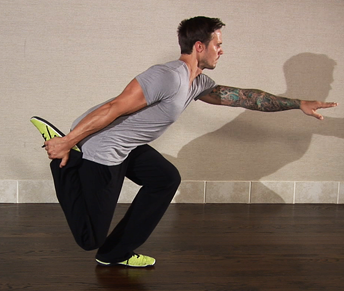
Similar to the standard squat you would do in a one punch man workout or other squat exercises, strict form is extremely important in avoiding injury.
If you are unable to perform a shrimp squat the first time you attempt it, don’t rush. Focus on keeping your form tight and in line with your body first, and worry about doing unassisted shrimp squats second.
Some indications that you may want to practice the assisted version of the shrimp squat first include, shaky legs, inability to hold proper form through the exercise, and unnecessary struggling to raise or lower your body.
As we mentioned, this exercise requires strong stabilizer muscles that are not well developed through other exercises. If you find yourself struggling and feel your form is not where you’d like it to be, take a step back, and review our options for assisted shrimp squats.
You can always use an exercise machine to correct your form first like the sissy squat machine or doing exercises like the smith machine squat first before attempting the shrimp squat.
Speed Is Key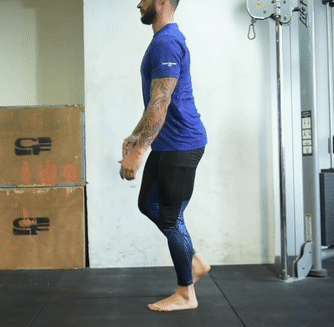
Speed, or the lack thereof, is key in performing a proper shrimp squat. You want to be able to slowly lower and raise yourself using only one leg in this exercise.
Doing fast squats will not impress anyone, and also greatly increases your chance of injury.
Even if your form is acceptable, this is not beneficial to your muscle development. Slowing your squat down works your muscles harder, and reduces the chance of injury.
Going hard isn’t always optimal, ask me, I did 500 pushups a day.
Be Humble and Take It Slow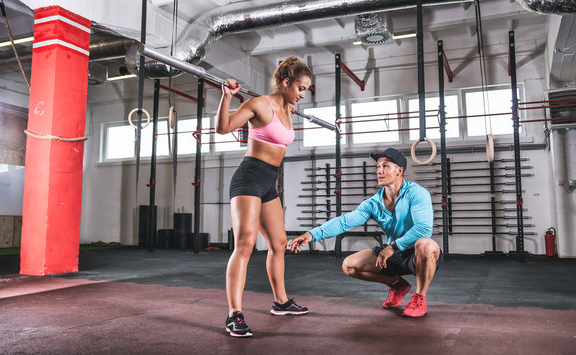
Remember, your main goal in performing shrimp squats is to increase mobility, flexibility, and strength.
If you cannot adequately perform the squat, take it slow, and use assistance. While a well-executed shrimp squat is impressive, getting a leg injury that takes several months to heal is not.
This exercise is great don’t get me wrong but it will take time to fully incorporate it with your routine maybe try adding daily squats to your routine and move from there.
I recently did a 100 pushup, 100 sit-up, and 100 squat 30-day challenge and it was a fun easy way to get myself back to training after having stopped working out for 6 months, and have been moving up from there since.
Shrimp Squat Modifications and Alternatives for Experts
If you are in the minority of people who have well-developed leg muscles and exceptional lower body control, there are also ways to make this exercise more difficult.
Increase Your Range of Motion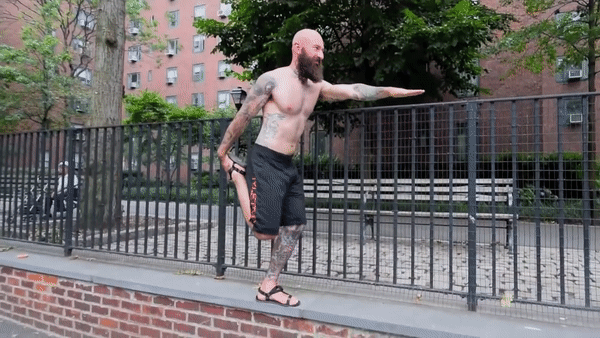
One of the limiting factors in the difficulty of shrimp squats is that there is a certain point where you cannot go lower.
To increase the difficulty of this exercise, you can simply stand on an elevated surface so that the distance from the floor to your bent knee is increased.
Increasing this distance will provide an increased range of motion for a deeper, more challenging squat. Increased range of motion shrimp squats are also known as “Jumbo Shrimp Squats”.
How fun is that?
Use More Weight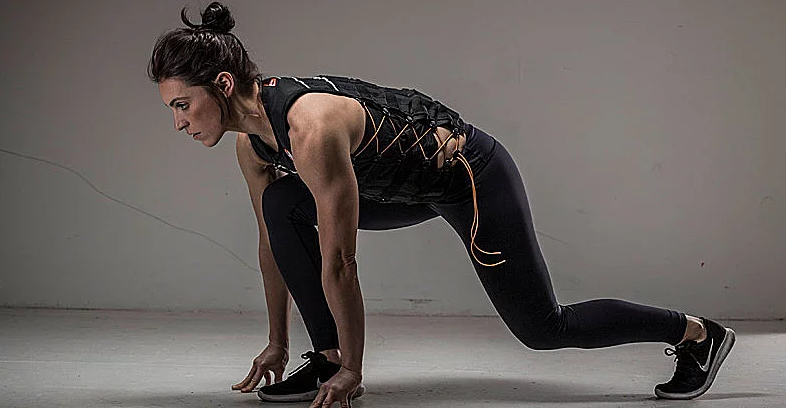
Increasing your overall weight by wearing a weight vest is a great way to increase the difficulty of shrimp squats.
Utilizing a weight vest ensures that the weight is aligned with your body, and is the smallest increase in difficulty that can be achieved for this exercise.
Try holding a dumbbell or kettlebell in a goblet or overhead fashion to take it a step further. Both variations of this exercise will greatly increase the stabilization needed to remain upright.
If you feel your stabilizer muscles are too strong, give this variation a shot!
Hold Your Foot with Both Hands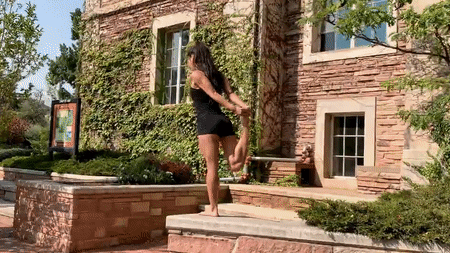
Technically speaking, holding your bent leg behind your back with both hands is how a “proper” shrimp squat is performed. However, this method is usually differentiated as an advanced version of the basic shrimp squat due to its difficulty.
Holding your resting leg behind your back with both hands changes the alignment of your body, and makes it harder to stabilize yourself during the movement.
Pistol Squats
A pistol squat is very similar to a shrimp squat but is performed with your resting leg straight out in front of you. By keeping your resting leg in this position, you are recruiting muscles from your core that are not used in a shrimp squat.
The pistol squat also requires more flexibility than a shrimp squat and keeping your leg outstretched while lowering yourself to the ground increases your available range of motion.
Benefits of Shrimp Squats
A well-rounded leg workout is not complete without some variation of shrimp squats. Shrimp squats are unique in their benefits and you will be hard-pressed to name another leg exercise that requires more balance and precision.
Unparalleled Recruitment of Leg Stabilizer Muscles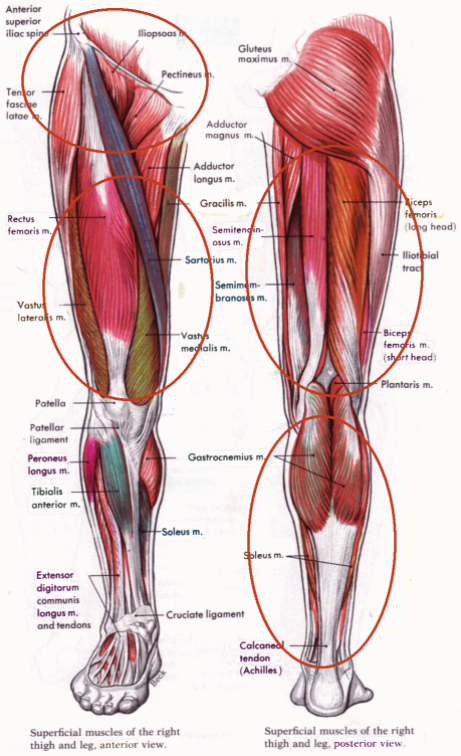
As you may have noticed, stabilizer muscles are a main focus when discussing the ability to perform a shrimp squat. Stabilizer muscles are just smaller, secondary muscles that are not the primary muscle being used in the exercise.
They keep your body in the required position for the exercise and allow you to use the primary muscle groups effectively.
Shrimp squats are as unstable as a leg exercise can be while remaining safe to perform. You only have one leg in contact with the floor and need to move your entire body through a full squat range of motion.
Increased Flexibility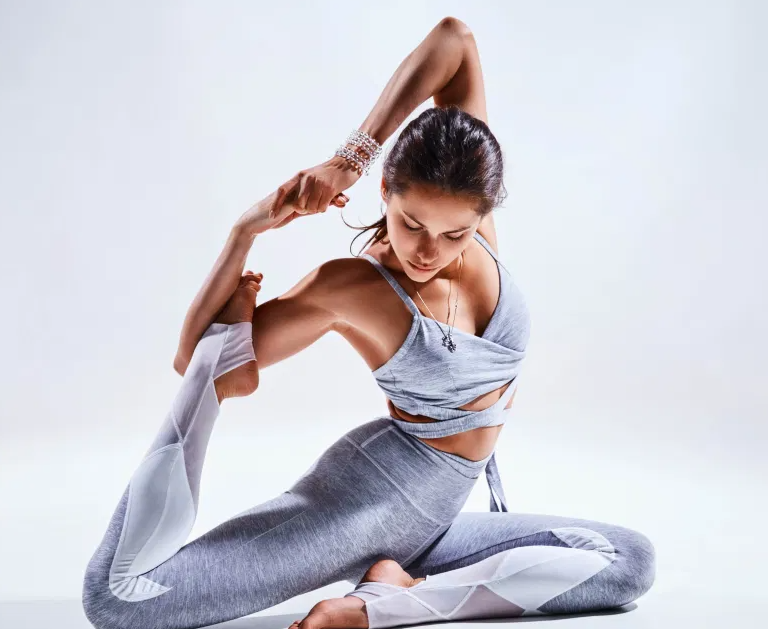
If you are not flexible and limber, you will not be able to perform a shrimp squat properly even if you have the required muscle mass.
This squat variation contorts your body into an unusual position and asks you to keep it steady in this position while exerting yourself and testing the limits of your hip, ankle, and knee mobility.
The path to a perfect shrimp squat goes hand in hand with increased flexibility.
Fixes Muscle Imbalances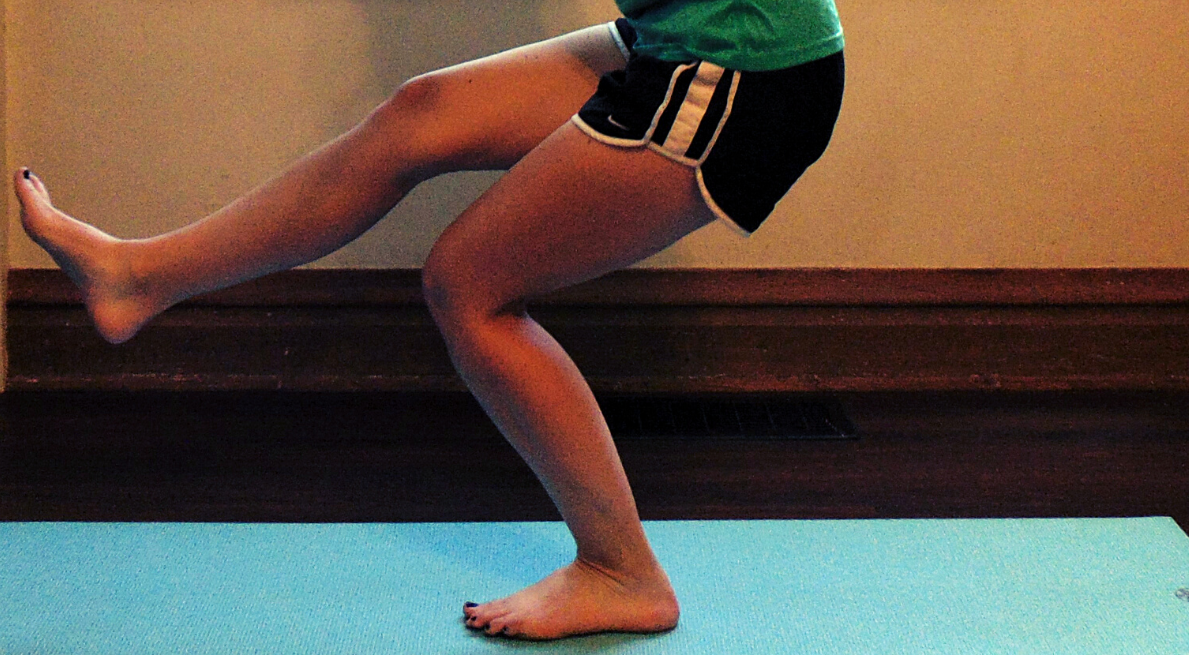
Since you are performing this squat variation on each leg individually, there is no cheating or compensating with your stronger leg.
If your dominant leg is substantially stronger, this exercise allows you to correct these muscle imbalances.
A standard two-legged squat will favor your stronger leg, regardless of how hard you try to utilize them equally.
Increased Functional Strength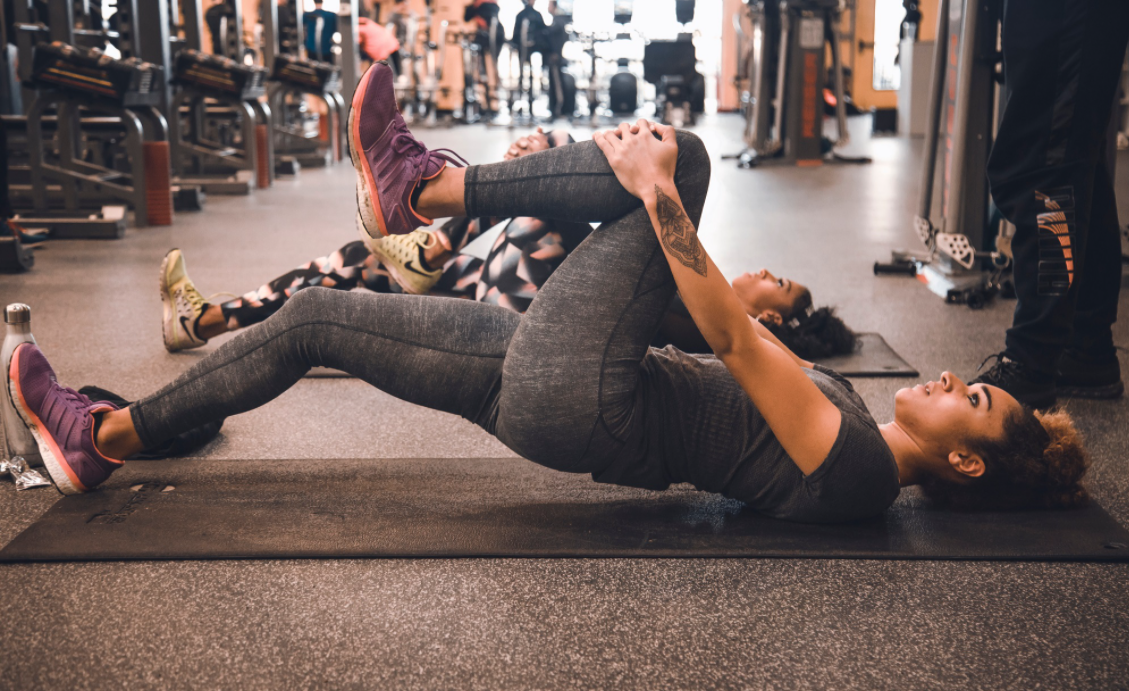
Whether you’re an athlete looking to gain an edge on the competition, increase your endurance or stamina, or you just want to be able to get out of your chair faster, shrimp squats are a beneficial addition to your exercise routine.
For athletes, there are many occasions when you are required to use one leg to jump, move, or redirect yourself.
Shrimp squats help ensure there are no weak points in either of your legs, and that the smaller less utilized muscles are developed enough to handle the stress of your sport.
For a more day-to-day example of functional strength, consider exiting a sedan or getting up from sitting on the floor. Without well-developed leg muscles, exiting a sedan is a two-leg process that is sometimes enough to deter someone from purchasing a sedan in the first place.
If you have trouble standing from a seated position, consider trying the recommended exercise variations for beginners listed above.
Primary Muscles Worked in A Shrimp Squat
The primary muscles worked in a shrimp squat are very similar to those worked in a standard squat.
Quadriceps
The quadriceps (quads) make up the majority of your front thigh and are primarily responsible for the extension of your leg.
Half the battle in a squat is getting your legs back to the standing, upright position, so the quadriceps are heavily used in this exercise.
Gluteals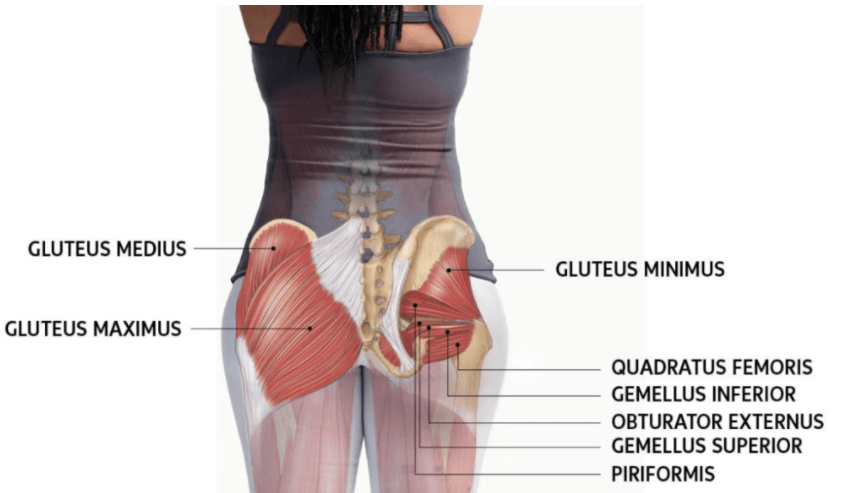
Your gluteals (glutes) are the muscles in your butt. These muscles are primarily responsible for returning your hips to the standing, upright position.
If you want a bubble butt or a jiggly butt, these are the muscles to target.
Other exercises that you can perform to target your glutes include regular squats, hack squats, hack squat alternatives, reverse hack squats, and more squatting variations. You can also grow your glutes with resistance bands, which is both effective and fun.
Secondary Muscles Worked in A Shrimp Squat
The secondary muscles, or stabilizer muscles, are muscles that are indirectly utilized for your squat.
Stabilizer muscles allow you to remain steady and balanced while the primary muscles do the majority of the work.
As mentioned, these muscles are heavily relied upon in the shrimp squat.
Abdominals
Your abdominal muscles (abs) are located over your stomach and stretch from your sternum to your pelvis.
These muscles connect your upper and lower body and need to be well developed to maintain the balance and form needed for this exercise.
Besides, they also offer an appealing athletic aesthetic as a secondary benefit, who doesn’t love nice 10 pack abs.
The other exercises that work this particular area include the double crunch, star plank, and the roman chair sit-ups among others.
Spinal Erectors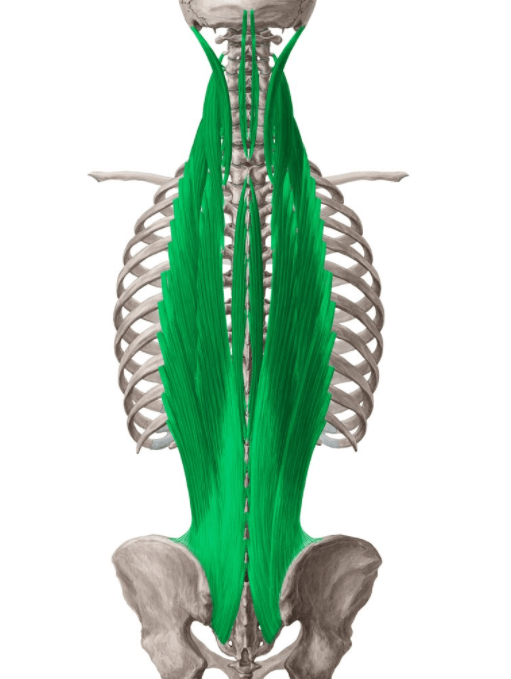
Your spinal erectors sit opposite your lower abdominals and represent a major piece of your “core”.
Your spinal erectors need to be strong enough to prevent your lower back, and subsequently your entire upper body, from bending forward. They are critical to maintaining a neutral spine for all forms of squats to prevent injury.
Hip Adductors
Hip adductors are located on your inner thigh, and are important for maintaining balance, especially on one leg. They work hand in hand with the hip abductors to achieve this goal.
Hip Abductors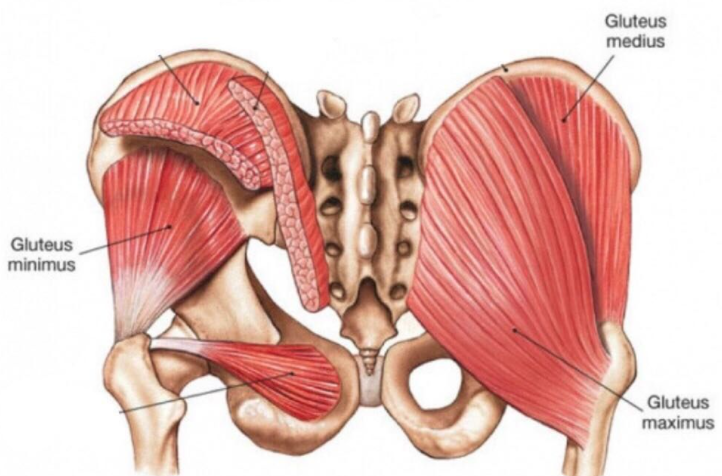
Hip abductors are located on the outside of your hip and provide a counterforce to your adductors. Both muscles work in harmony to maintain a favorable leg position.
An imbalance between these two can cause knee injuries due to misaligned joints.
Calves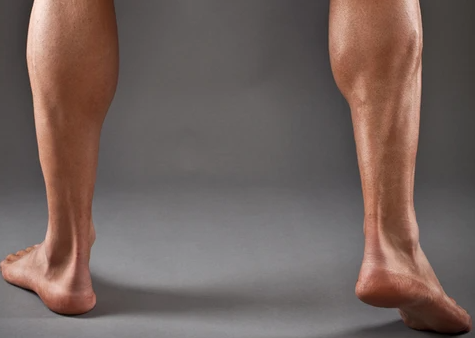
Last but not least, your calves play a major role in stabilizing a shrimp squat.
Calve muscles are located on the back of your lower leg and work to keep your leg steady and in line, during the squat.
There are different exercises that can tone and make your calves smaller and strong – like donkey calf raises and others, but the shrimp squat is definitely one of the best.
Related Readings:
- Why Do I Bench More Than I Squat? Is This Bad? How To Fix This?
- Should I Squat and Bench on the Same Day or Should I Do Them on Separate Days?
- Should You Squat and Deadlift on the Same Day?
- My Personal Chest & Leg Workout for A Big Chest & Toned Muscular Legs
- I Started Doing 100 Jumping Jacks a Day, This is What REALLY Happened, Results
- I Ended Up Doing 1000 Push Ups a Day
References:
Ben Mayz
Hi there! I'm Ben, main author and chief editor at Fitlifefanatics.com. I have been obsessed with Strength Training and Fitness for 18 years now.
My passion for living a happy fit lifestyle is what made me realize that fitness is what I wanted for my future.
I went on to earn my Masters in Sports Training & Biomechanics.
My passion for Strength training & fitness and my love of helping others is what made me start Fitlifefanatics.
Here, myself, and a team of specialist aim to provide the most accurate, and actionable information possible in hopes to help foster the fitness community forward.
You can learn more about Fitlifefanatics on our About Page
